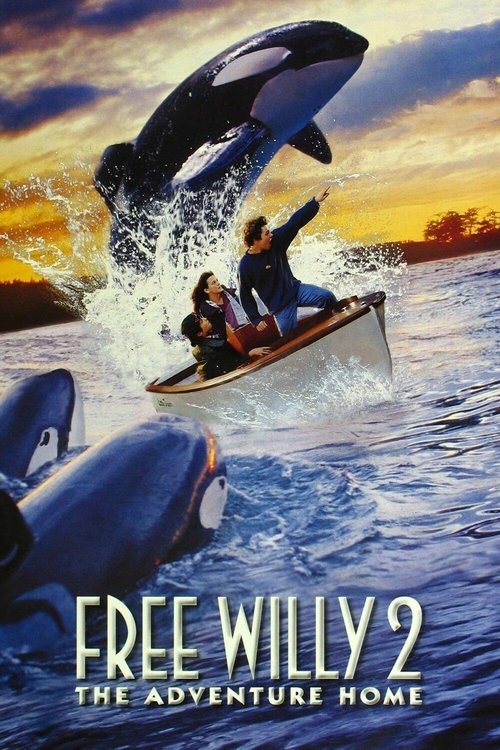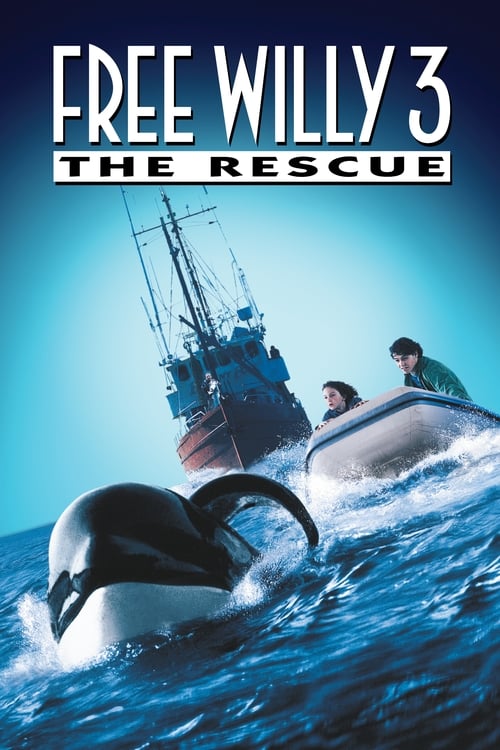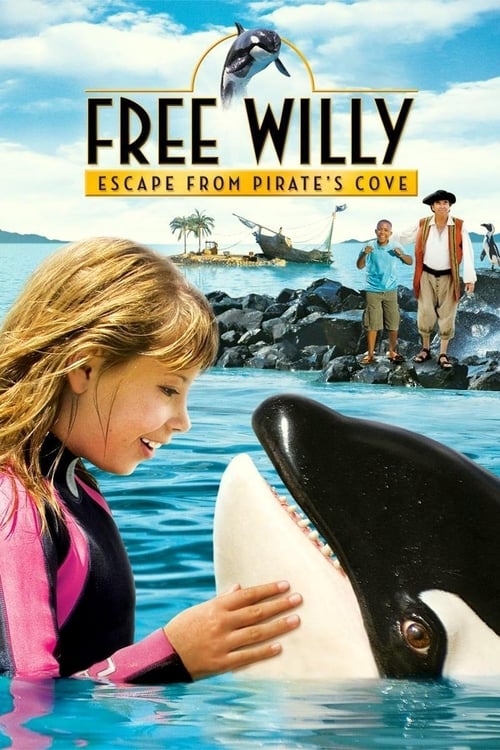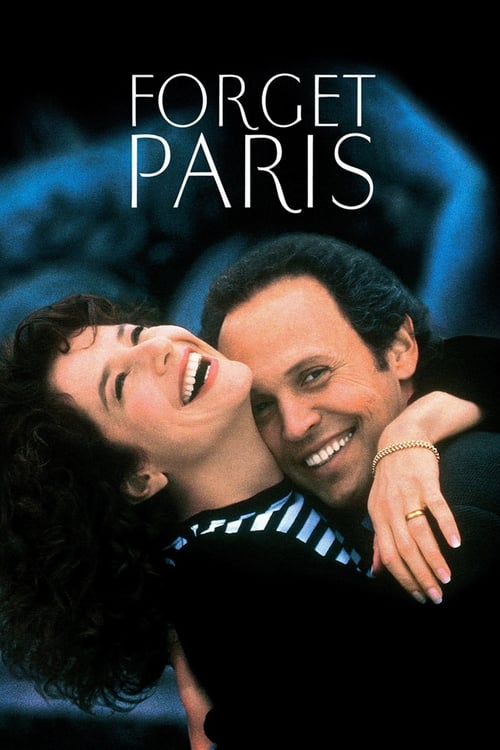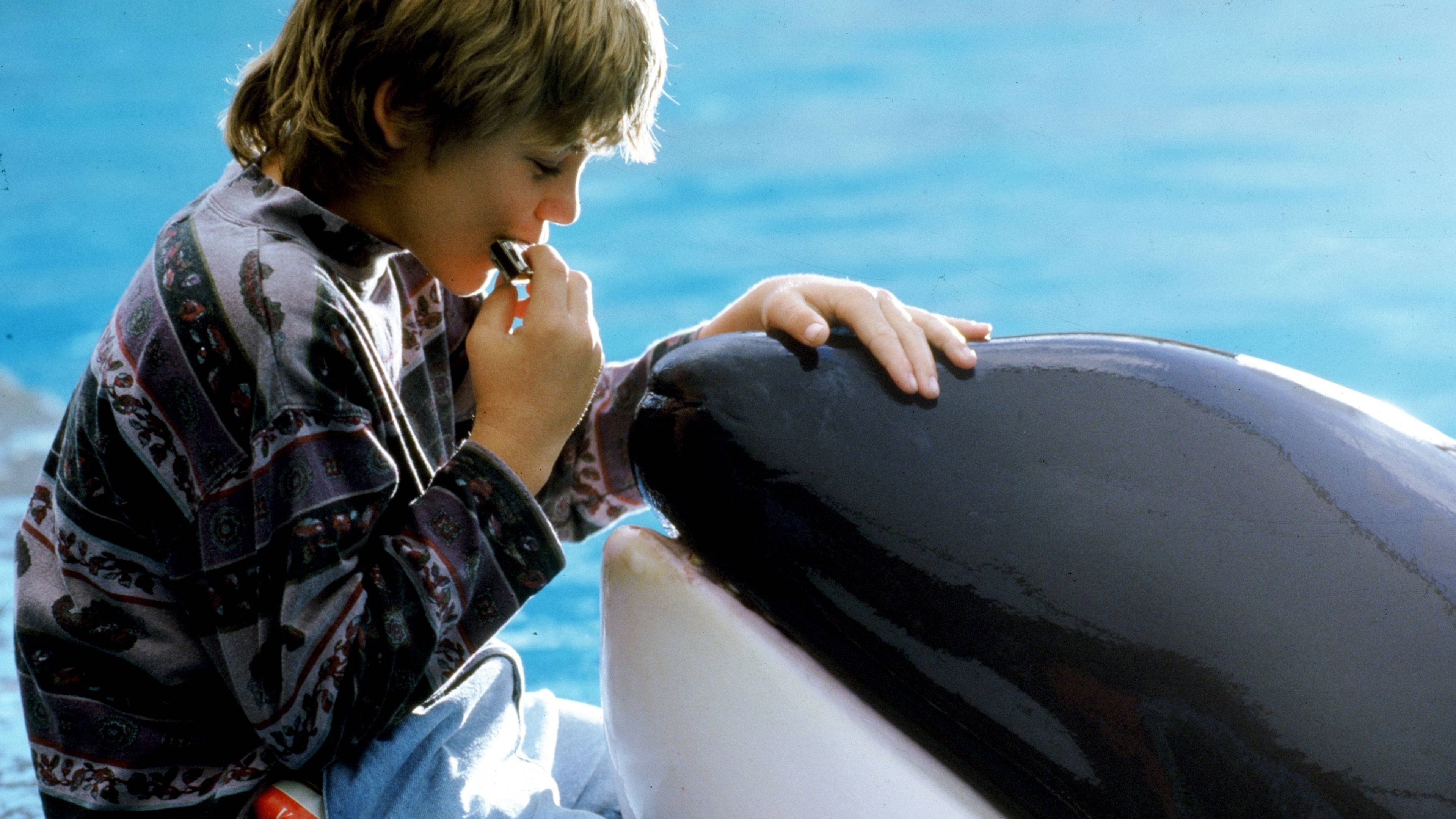
1993
Free Willy
Family, Adventure, Drama
7.0
User Score
1890 Votes
Status
Released
Language
en
Budget
$20.000.000
Production
Donner/Shuler-Donner Productions, Warner Bros. Pictures
Overview
When maladjusted orphan Jesse vandalizes a theme park, he is placed with foster parents and must work at the park to make amends. There he meets Willy, a young Orca whale who has been separated from his family. Sensing kinship, they form a bond and, with the help of kindly whale trainer Rae Lindley, develop a routine of tricks. However, greedy park owner Dial soon catches wind of the duo and makes plans to profit from them.
Review

FilipeManuelNeto
7.0
**Despite being predictable and loaded with clichés, it is a film that marked a generation, alerted many consciences to very serious issues, and is still very beautiful thirty years later.**
This is certainly one of the films that made an impression on people during the 90's, and that maintained its popularity and sympathy for many years. Today I think it has been forgotten, and in part I feel sorry for it. However, I believe that the film has already done its job: not only did it entertain those who saw it and continue to see it, but it also had a certain social role in the way it awakened in younger people (but not only them) a certain awareness of ecology, for the preservation of endangered animals and species. I also believe that the film had a certain responsibility for changing the thinking of zoos and places that keep animals in captivity: instead of being “animal deposits” for public entertainment, they became institutions with ever greater relevance in the preservation of animals: today, they are essential for the survival of species whose natural habitats have been destroyed and which are only perpetuated in captivity. They also take the lead in the assisted reproduction of many animals, such as the Giant Panda Bear, for example, as well as in the rescue, veterinary treatment and preparation of animals that, having been illegally hunted or lived many years in human company, need to return to wildness.
Thus, this film turns out to be more relevant for the effect it had on people than by itself. Analyzing it in a simple way, it is a rather sugary film, loaded with clichés and without great artistic quality. A family entertainment film, excellent to watch with the kids and which, for years, was almost institutional on television during the Christmas season. The script is quite simple, and takes a rebellious and angry teenager to regenerate when he begins to have contact with an orca that has lived in captivity for years. The friendship between them is touching and sincere, as well as the boy's efforts, and the friends he makes, to release her to the seas, in a race against time and against the action of the villains, the owners of the park where she is kept, and who don't care about her at all. It is an extremely predictable film, which excessively romanticizes the release of animals kept in captivity, making the public forget that a whole previous preparation is necessary, taking several years, and that we never know if the animal, after years depending on humans, is it really going to adapt. Keiko, the orca that the movie used (and who lived in captivity for years after the movie), would eventually be prepared and released to the sea, but as we know, she never adapted to the wild.
The film has a good cast, but a terrible conception of characters. None of the characters are really good and all are clichés: the heroic teenager, the Native American full of ancestral wisdom who knows animals like no one else, the arrogant capitalists with no respect for anything or anyone... Excluding the orca Keiko, it's Jason James Ritcher who will stand out as an actor, in the role of the teenager who saves the day. He does what it takes, and I think he was relatively credible in his effort. Michael Madsen also deserves praise for his work, in a film that, incidentally, will be one of the most popular of his artistic career. Lori Petty and Jayne Atkinson are pretty good, August Schellenberg does what he can with the cliché given to him. The rest simply doesn't matter.
Technically, the film stands out for its good cinematography. A lot of '90s movies seem ancient when we see them now, but this is one of those laudable exceptions that deserves to be mentioned. The filming locations, as well as the sets, also deserve a positive note for their visual beauty. The sound effects are very good, and the visual and special effects deserve praise, in particular the animatronic whale, which is quite realistic. Finally, a note to praise the quality of the main theme of the soundtrack created for this film, which is one of the most beautiful of its time.
Read More 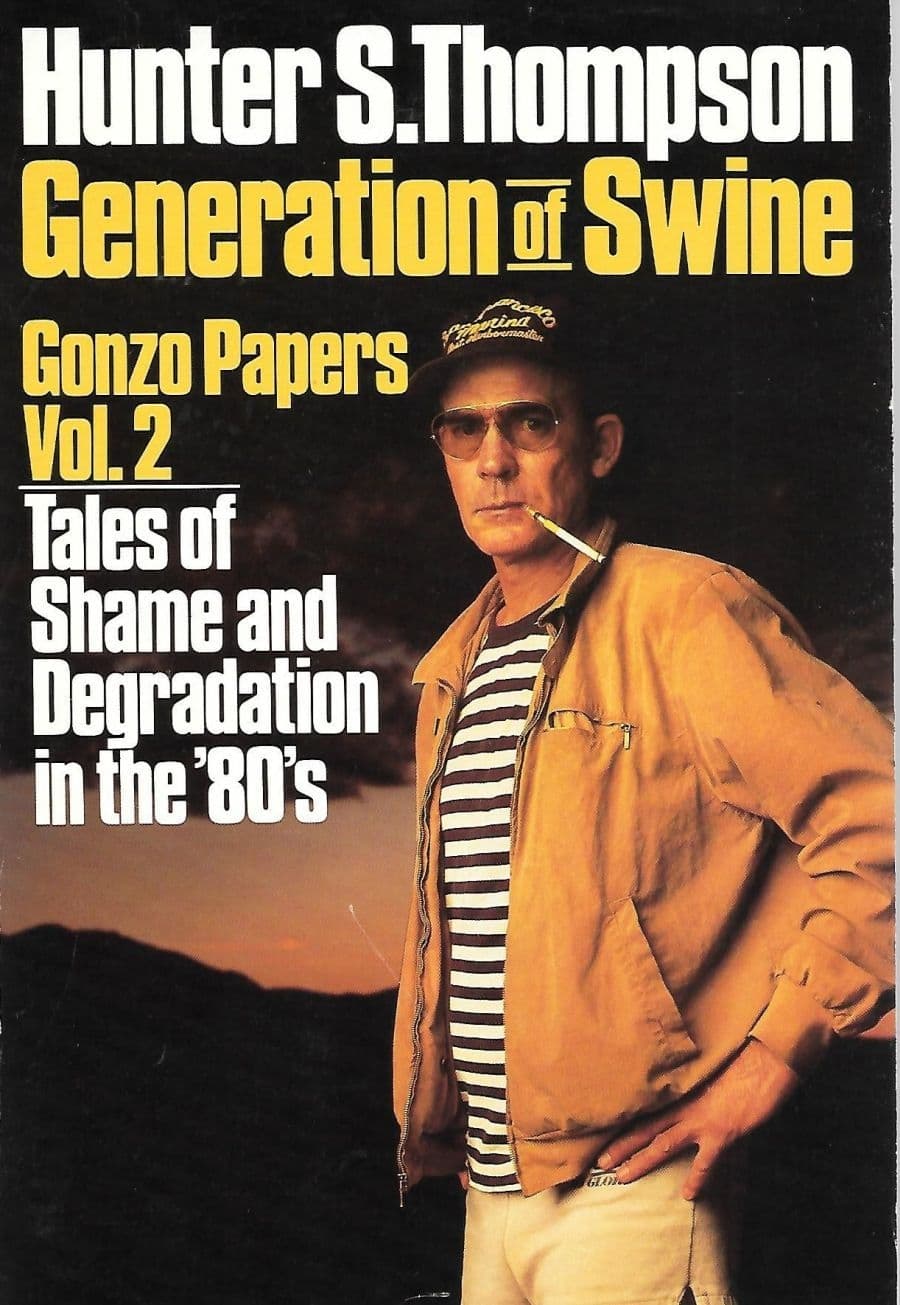
GenerationofSwine
1.0
I guess Free Willy depends on how old you were in 1993.
For the most part, I really like Family Friendly, if they are done right they can be entertaining and uplifting. And, the kid in me can still see how people would love it, and still love it, if they saw it as a little kid.
But I was 13 when Free Willy came out, and, honestly, it's not E.T., it's not The Goonies, it's not even Radio Flyer let alone Sandlot.
It's a little too trite, a little too earnest, a little too childish and it lacks the fun and sense of adventure that films like Flight of the Navigator and The Explorers still hold.
In other words, for a family friendly movie, it's more kid friendly and not family enough, and it doesn't age well. I think if you are older than 10 when you see it, you're likely to throw the 1 star out there because it honestly doesn't have that much to offer to people much older. And, if you are under 10 when you saw it, year, it's probably a nostalgia classic to you.
It's just one of the family friendly movies that forgot it's supposed to be fun for the whole family, and that makes it age dependent.
Read More 